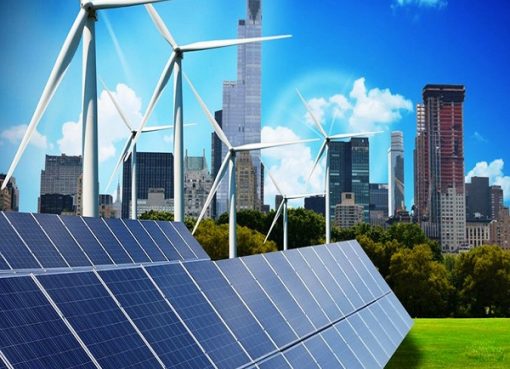Data centre energy consumption could be cut with new, ‘breakthrough’ photonic chips that are more efficient than today’s chips.
In recent years, the number of data centres has risen rapidly due to soaring demand from the likes of Facebook, Amazon, Microsoft and Google.
Now, a new, ultra-energy-efficient method to compensate for temperature variations that degrade photonic chips has been developed. Such chips “will form the high-speed communication backbone of future data centres and supercomputers”, according to John Conley from Oregon State University.
The circuitry in photonic chips uses photons – particles of light – rather than the electrons that course through conventional computer chips. Moving at the speed of light, photons enable the extremely rapid, energy-efficient transmission of data.
But the issue with photonic chips is that significant energy has been required to keep their temperature stable and performance high. The researchers have shown that it’s possible to reduce the energy needed for temperature control by a factor of more than one million.
The photonics industry currently relies on components known as ‘thermal heaters’ to fine tune the working wavelengths of high-speed, electro-optic devices and optimise their performance. But these thermal heaters consume several milliwatts of electricity per device.
“That might not sound like much considering that a typical LED lightbulb uses 6 to 10 watts,” said researcher Alan Wang. “However, multiply those several milliwatts by millions of devices and they add up quickly, so that approach faces challenges as systems scale up and become bigger and more powerful.”
“Our method is much more acceptable for the planet,” Conley added. “It will one day allow data centres to keep getting faster and more powerful while using less energy so that we can access ever more powerful applications driven by machine learning, such as ChatGPT, without feeling guilty.”
In 2020, researchers found that despite the soaring demand for data, energy usage at data centres had stayed mostly flat in the prior decade due to massive efficiency gains.
Source: E&T










